The Paths to Building Wealth (Part 1)
How the rich really make money (and why most people don’t)
👋 Hey, it’s Andrew.
I just got back from a few days in Vegas. It still blows me away me that someone built a massive city of neon lights, fake landmarks, and luxury hotels in the world, right in the middle of the desert.
As a non American, Vegas feels like the symbol of opportunity. It’s a place where, if you’re brave (and maybe a little lucky), you could turn your life around.
That got me thinking about money… and how to make more of it. So today’s article is about just that.
📅 Upcoming Events
Oct 14–16 | 🏞️ Distilled Intelligence (Leesburg, Virginia) – Our 3-day summit at a private resort for founders, investors & tech leaders. We are out of founder tickets, but have investor tickets available.
Oct 21 | 🚀 0 → 1 Founder Dinner (NYC) – For pre-seed founders or those who are building something new.
Oct 22 | 🍽️ Junto Founder Dinner (NYC) – Our curated dinner series for Seed–Series B founders & CEOs.
Oct 24 | ☕️ Founder Breakfast at Google Ventures (NYC) – A curated breakfast for 30 early-stage founders and investors hosted at the GV NYC office.
I’ve always wondered how people become rich. Maybe because I didn’t have much of it growing up.
I was born in Hong Kong, a country with one of the biggest income inequality gaps in the world. You’d see a luxury mall with Burberry, Cartier, and Gucci right beside government-subsidized housing where the elderly lived in a 100-square-foot apartment with a toilet in the kitchen.
In the last few years, I’ve been lucky to meet a bunch of rich and successful people who have made money in ways you can’t imagine. Some were lucky, but the majority of them had a calculated method for building wealth.
So without shame, I fired off question after question until they told me to take a walk. I probably talked to over 100 people – tech execs, lawyers, hedge fund managers, and even YouTubers.
Their jobs couldn’t have been more different, but there were similarities in how they thought about making $.
Eventually, I began to notice patterns. I took a few of the lessons and even made a bit of money myself.
So in case you’re wondering … What are the possible paths I can take to making $$$?
These are the 9 paths I’ve seen:
1. High–Paying Salaried Job
The first one is obvious: tech, consulting, finance or law.
These are people who have spent decades in the corporate grind, working their way up – usually starting as an individual contributor (IC) and eventually becoming an executive or partner, someone with equity in the company.
A friend of mine, 30 years old, takes home close to a million dollars a year as a banker. By 40, he’ll be making a few million dollars a year.
It’s a predictable, proven path to wealth. But he has to keep running on the treadmill.
The “haze” at the start is brutal. 80 to 100 hours a week for the first few years. Always on-call. Most people burn out and leave within the first two years, but once you make it through, the hours slow down and the benefits are great.
The downside: Most people hate their job. They might be the most unfulfilled and bored people I know.
Breaking in is also tough. You need to be “book smart” – a degree from a top school, high GPA, and test well. Certainly not for me!
If you value stability, predictable income, and are amazing at taking tests – this is for you.
On to the next.
2. Corporate Job + Side Hustle
I worked ~30 hours a week at Google and Meta and still managed to get great performance ratings.
But I’m not very smart… anyone can do it.
It’s not unusual if you find a role you excel at and play the game well (i.e., manage up, be loud about your wins, constantly network).
And if you pull it off, you free up your time and energy for a side hustle.
Like consulting, career coaching, or an “info” biz – selling courses or digital products. These are the most common corporate side hustles I’ve seen.
A friend of mine works 50 hours a week between his $300K/year job and $150K/year side hustle. It’s not millions of dollars, but he lives two different lives and loves it.
Another example: Peter Yang, who is a product lead at Roblox, but has his newsletter, Creator Economy, with over a 100K readers. He gets to do his product thing during the day and interview product leaders and CEOs during the night.
This, to me, is the sweet spot. You get the security, status, and prestige of a corporate job, but can experiment with your creative energy on the side.
I started out like this. I had a corporate gig and a side biz hosting events. I loved it, but after getting a taste of the side thing, I eventually decided to go all in.
This might be the best path for most people, especially if they’re somewhat risk-averse.
3. Building a Cash Business
Before I started one, I thought all companies and biz models were the same. But in reality, there are many flavors of “entrepreneurship”. It’s quite fascinating.
Cash businesses are optimized for producing profit and cash flow from day one. This is the traditional definition of a business (i.e., to make money right away), and before the world of venture capital took over, this was the only type of business you could start.
The beauty of a cash business is control. You own it, you keep the profits, and you don’t have investors breathing down your neck. You can run it for life or sell it when you’re ready.
The challenge is that growth is limited by the cash the business generates. If you want to expand faster, you need to take out debt or raise capital, reinvest profits, or stay small and profitable.
In the shiny, modern-day world of early-stage tech and startups, I don’t see many founders taking this route. Instead, they do the next thing:
4. Building an Equity Business
Equity businesses are designed to grow quickly, raise capital (i.e., convince professional investors to take a chance on you by buying equity in your company upfront), and create enterprise value so that they can be sold or acquired down the road.
In the tech and startup world, many founders raise venture capital, hire quickly, and get on the “triple, triple, double, double, double” growth track. Meaning they aim to go from $1m to $100m revenue in five years, before selling it for billions.
Raising venture capital can be great, as it gives you a few million bucks to spend on hiring, marketing, getting an office, etc., which you otherwise wouldn’t have if you used your own money.
BUT it puts you on the hamster wheel of chasing strict targets and (usually) needing to raise more capital later on.
In either of these examples of building a biz, the harsh truth is that more than 90% of entrepreneurs fail.
In most cases, you are pursuing a low-probability path to making a lot of money. It’s a terribly irrational career choice.
Many venture-backed founders and CEOs will pay themselves between $100K–$200K/year for the first few years. Bootstrapped founders may pay themselves even less (or nothing), but the idea is that they could potentially sell their company for a lot of money down the road.
My hot take is that if you’re going to start a company, you should have an ambitious goal of hitting $5-10m/year. Aim for the moon and land on the stars.
To maximize your chance of success, spend as much time as possible around people who have built companies before. Never listen to “consultants” who have never built anything before.
And if you’re going to raise money from investors, you need to have a goal of hitting at least $100 million per year. I know it sounds ridiculous, but investors won’t fund you otherwise.
5. Becoming a Creator
I’ve met dozens of TikTok creators, YouTubers, and newsletter writers who have made millions of dollars as “influencers”
You don’t necessarily need a million followers, but you do need the right audience. Ideally, a thousand of them… some people call this a thousand true fans.
Creators make money by selling access to their audience: brand deals, sponsored posts, newsletter ads.
The key is having a valuable audience that spends a lot of money.
It’s much more lucrative to have an audience of small business owners who spend hundreds of thousands of dollars a year, vs. teenagers who spend all their time on their phones looking at memes.
I don’t have a massive audience, but I do have a few thousand tech founders and software CEOs who follow me. That alone has helped me earn over $2m in brand sponsorships.
BUT there’s a ceiling.
Most creators I’ve met will cap out at $300K–$500K/year before they have to expand into the other areas that I talk about here.
Some creators who’ve scaled beyond that:
Codie Sanchez has multiple $10m+ businesses, including an education biz, a social media biz, and even a venture fund
Sahil Bloom has a holding company with multiple agencies that help with personal branding, social media marketing, and design.
NAS Daily has a real estate biz, conference biz, agency biz, and venture-backed software biz
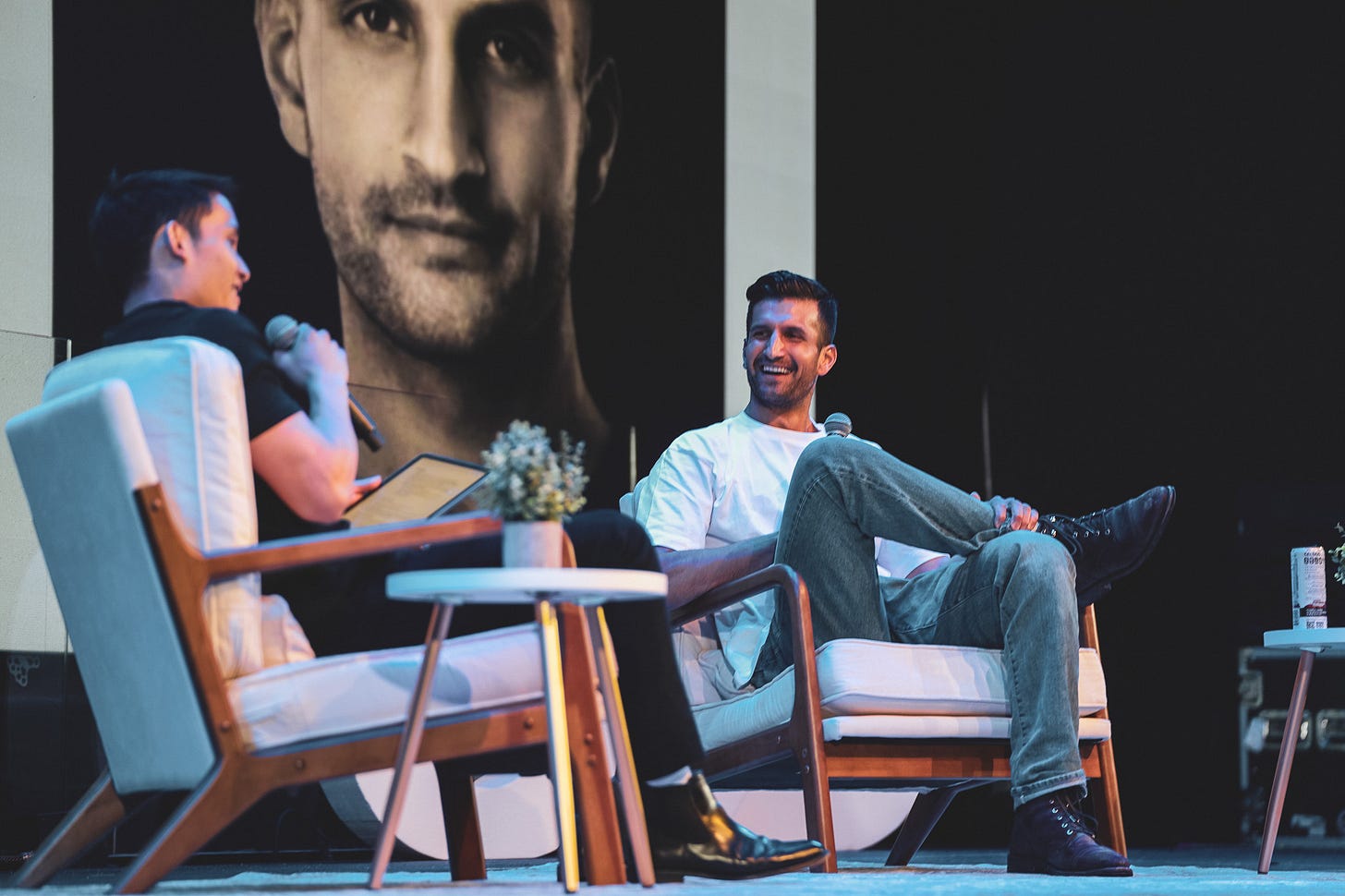
Creators at this scale are rarely solopreneurs. They have dozens, if not hundreds, of people around them helping them with execution.
If you enjoy being in the spotlight and creating content, this is a great way to earn a living, BUT you need to be exceptional at capturing attention with video, audio, or writing.
Being a full-time creator can be pretty fulfilling too. You get to impact people’s lives through your reach, often both virtually and in person. But there is a TON of pressure when you’re building something around your personal brand.
But there’s constant pressure when your brand is the business. Every piece of feedback feels personal, and you can never escape it.
✍️ To Be Continued…
I wrote this to make sense of something that always confused me: how people actually get rich and build wealth.
Hopefully, this helped you see that “getting rich” isn’t one thing – it’s a set of different games with different rules.
In part two, I’ll talk about the remaining 4 paths that might be less obvious.
If any of these paths resonated with you (or challenged how you think about money), I’d love to hear which one hit home.
Hit reply … I read every single response!
📌 Andrew’s Bookmarks
My favorite links to help you be wiser and more creative.
See What Others Miss: The Prof G Storytelling Playbook by Scott Galloway – How to differentiate yourself from AI in 2025 by using emotion, context, surprise, and “zooming out.”
The Only Right Way to Ask for an Intro (Everything Else Is Wrong) by Auren Hoffman – The less friction your introduction request causes, the more likely it is to happen. A quick guide.
The Art of Asking: Or, How to Ask and Get What You Want by Sarah Kathleen Peck – You will never get what you want by hinting at it. You need to be specific, clear, and direct. Asking well is a skill. This is a simple framework on how to make a strong ask.
You Have No Idea How Much Better You Can Feel by Nat Eliason – Most of us are walking around with a fraction of our full potential, and we don’t even notice. “Fine” is an invisible ceiling. And why you should shake your snow globe.
💼 Job Board
Sharing job opportunities that my friends are hiring for. If we know each other well, hit reply and I can connect you directly.
Marketing & Events Intern (Part-time), Fibe – working for me in NYC (reply here)
Strategic Accounts & Founder Relations Lead, Basic Capital
Founding Designer / Founding Engineer / Social Media Lead, Astro AI – Working with the former Chief Product Officer of Hinge)
Head of Engineering, Superpower
Growth Marketing Manager, Baselayer
Community & Partnerships Manager, Cloaked
Data Scientist, Windmill
Events Associate / Marketing & Events Intern, Manifest Law
Account Executive, Cal.com
Marketing Manager, Vylit – Working directly with the former CEO of OnlyFans.
Head of Growth, Taxwire
Head of GTM, Elloe
Lead Product Designer, EZ Newswire
Account Executives & Software Engineers, ModernFi
Senior Performance and Growth Marketing Leader, Alinea Invest (reach out to eve@alinea-invest.com)
Head of Product, Limitless AI
Startup Events Marketer, Notion
Have a job to share? Let me know by replying to this email.
👉 Btw, if you want to be part of our partner talent network, next play, and get curated job opportunities in your inbox, please sign up here.
💃 Tech Community Plugs
Resources for entrepreneurs, investors, and tech professionals.
💸 Fundraising – Are you raising capital? Get your startup in front of my network of 2,000+ top-tier VC investors, angel investors, and family offices. Sign up here.
📈 Investors – Looking for deal flow? Receive curated deal flow from my network in your inbox every month. Sign up here.
🗣️Wispr Flow – Your time is way too valuable to waste typing. Use Wispr Flow instead. This is by FAR my favorite productivity tool.
📺 Blindspot – the best way to run Digital out-of-home ads. Through their free tool, anyone can browse, book, and place ads on over 1.5 million digital billboards. Sign up here.
🏦 Fidelity Private Shares – the best-in-class equity management platform with 409A valuations and a secure data room. With Fidelity Private Shares, you’re always fundraise-ready. To learn more, reach out to Charlie Stephens at Fidelity for support! Learn more.
🏃 Superpower – Achieve peak performance and improve your health by tracking 100+ biomarkers to get a comprehensive view of your body and get a customized action plan (P.S. I invested in this company!) Learn more.
🍽️ InKind – the ultimate dining app for foodies—earn up to 30% back when you eat out, plus get $50 off your bill every month at select spots. And as a bonus, we both get $25 free when you sign up. Sign up here.
🇺🇸 Looking for a US immigration lawyer? Reply here for an introduction to the lawyers I recommend for O1A/EB1 visas.
🚴 Equinox – Reply here for a free trial and discounted membership.
What other perks should I include? Let me know.
🤖 Sharpen Your AI Edge (Presented by AWS)
Thanks to Amazon Web Services (AWS), this community now has free access to a series of live webinars and podcasts on the latest AI trends and tools. I’m sharing them here because I think they’re some of the most practical resources you can use.
(Live: Oct 16) Running Generative AI Workloads at Scale with Amazon EKS
(Live: Oct 30) Applying Generative AI in Healthcare with AWS and NVIDIA
🖼️ Behind the Scenes
Las Vegas surprised me.
I always thought it was just casinos, lights, and man-made madness, but the nature is what really stunned me.
We went to the Red Rocks to see the massive mountain ranges and I went for a run with Nicole in the desert heat (she’s training for a 50-mile race in Austin).
Barely survived, but it was worth it.
One of my dreams is to road trip across the U.S. next year. If you’ve done this before or have recs, let me know!



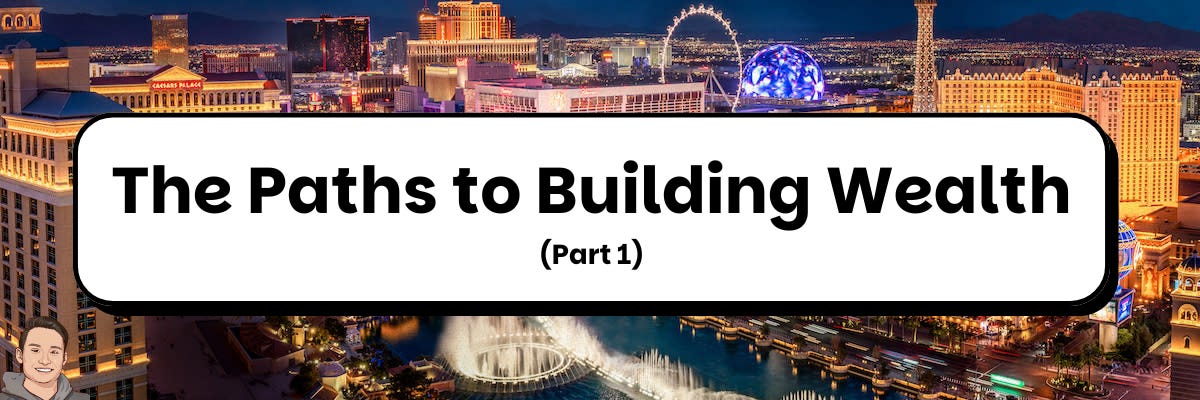

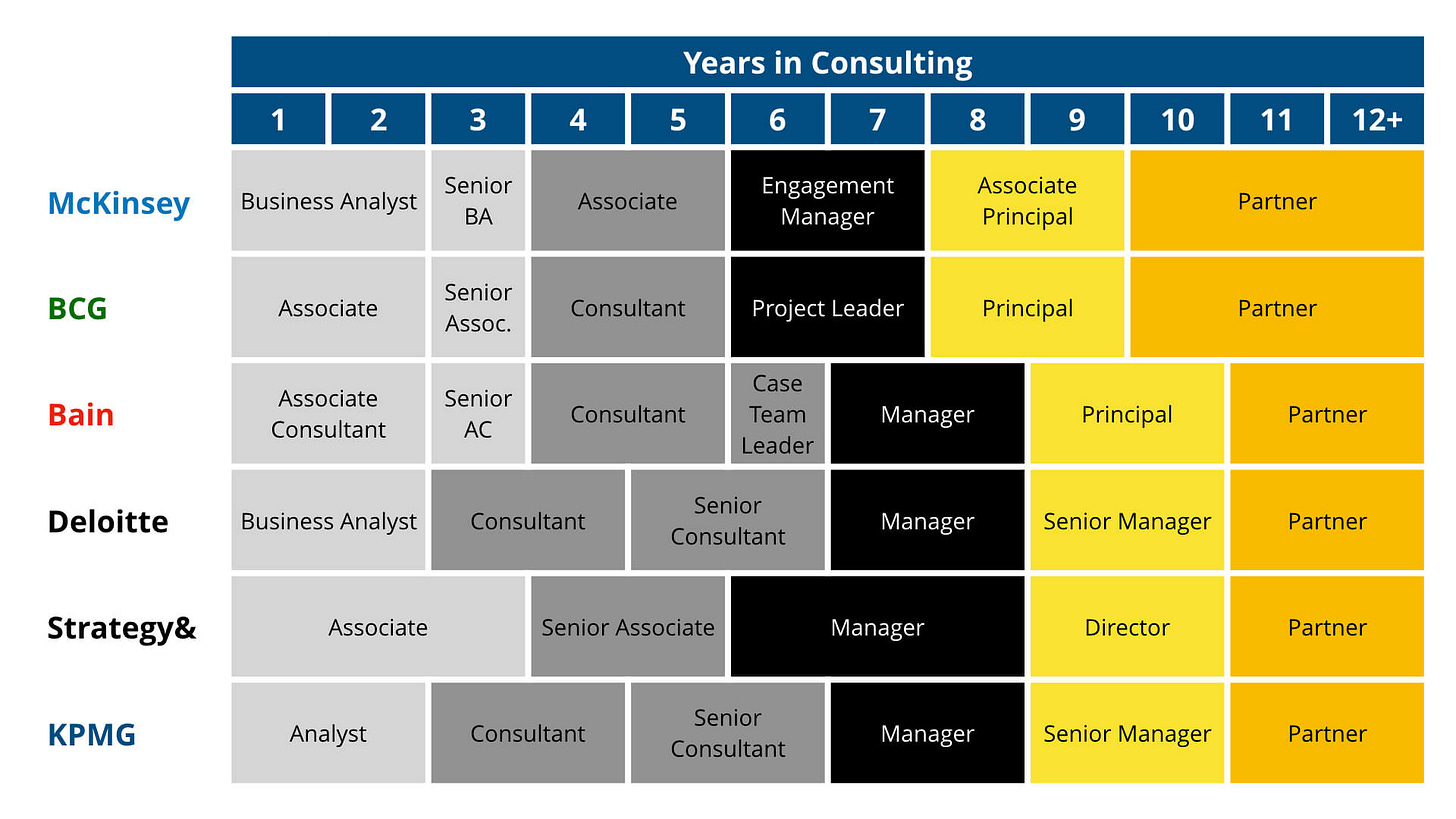

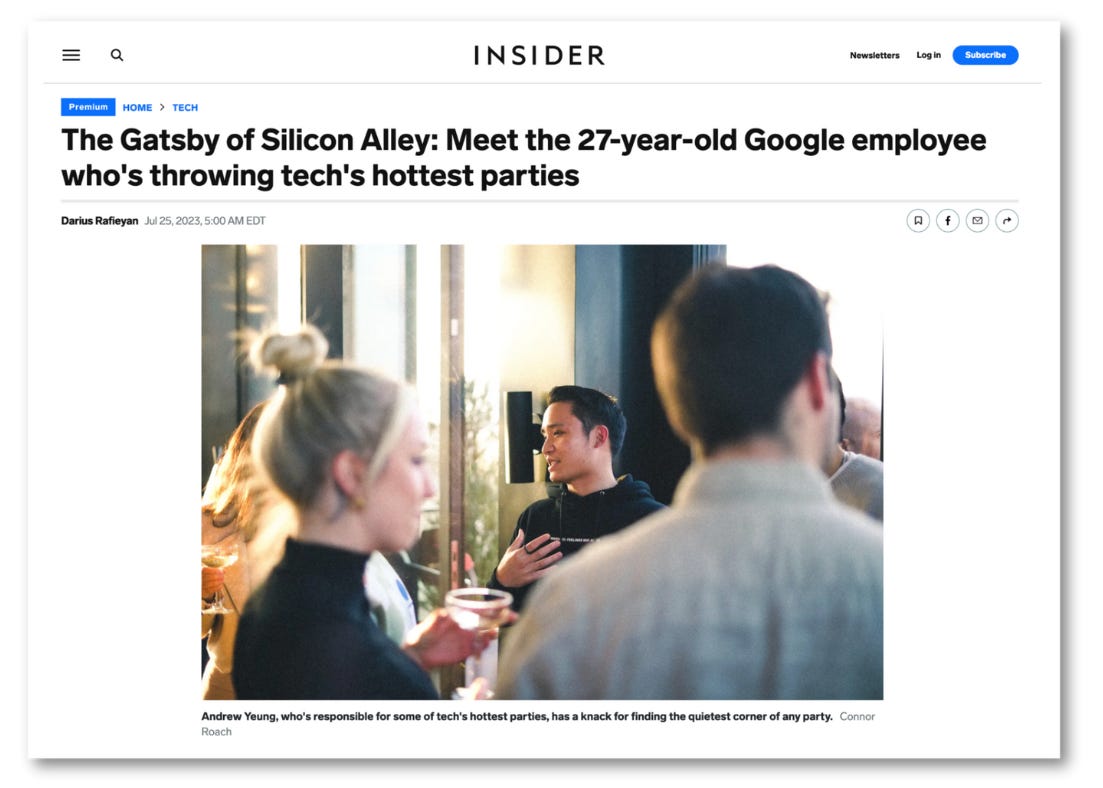
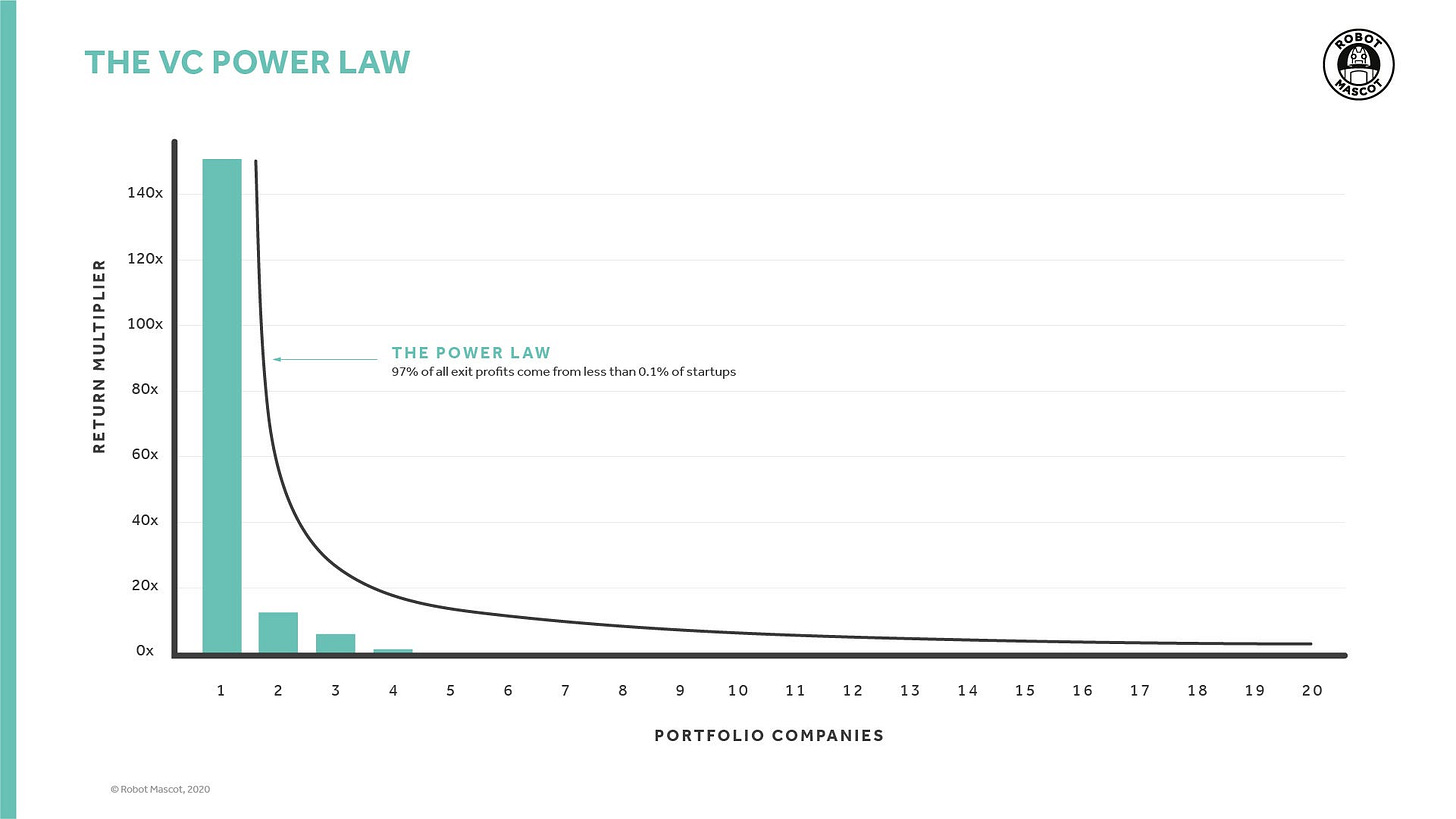

Cleverly framed. I did McKinsey BA for 2 years and peaced out. Climbing the corporate ladder was not for me. Now I'm building a service business, transitioning from the model of "me as expert/ product" to creating a repeatable method so that I can go from one on one to one to many. It's exhausting being an entrepreneur, though! I have 2 kids and I call my business my 3rd child.
Marketing & Events Intern (Part-time), Fibe – working for me in NYC (reply here)
Where is the link to this?